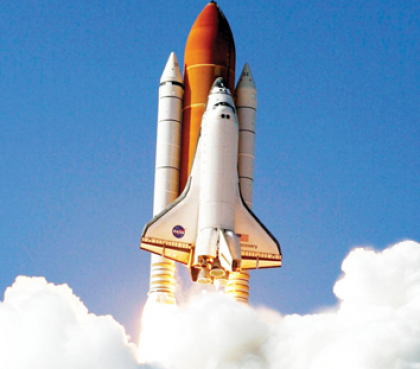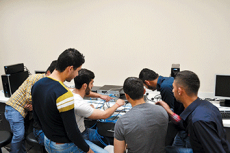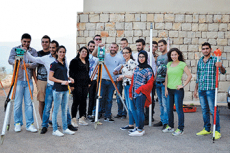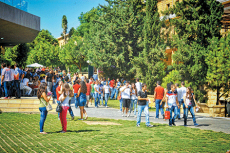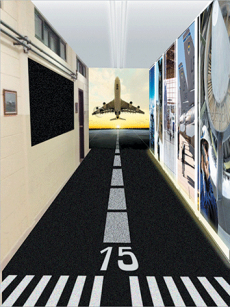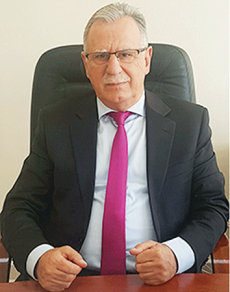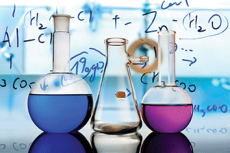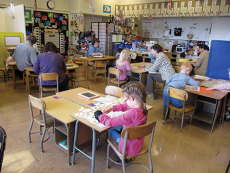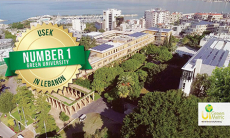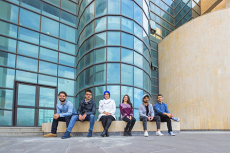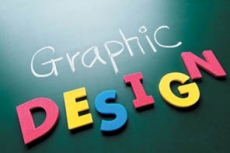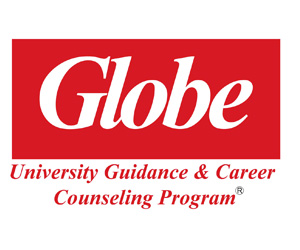Aeronautical/Aerospace Engineering
Useful Facts About the Major
Prepare individuals to apply mathematical and scientific principles to the design, development, and operational evaluation of aircraft, missiles, space vehicles and their systems; applied research on flight and orbital characteristics; and the development of systems and procedures for the launching, guidance and control of air and space vehicles.
Specializations in the Major
Propulsion, airframes and aerodynamics, testing, spacecraft.
Typical Sequence of College Courses (USA)
English composition, technical writing, calculus, differential equations, introduction to computer science, general chemistry , general physics, thermodynamics introduction to electric circuits, introduction to aerospace engineering, statics, dynamics, materials, engineering, fluid-mechanics, aircraft systems and propulsion, flight control systems, aerodynamics, aircraft structural design, aircraft stability and control, experimental aerodynamics, senior design project.
Typical sequence of High School Courses
English, algebra, geometry, trigonometry, chemistry, physics, computer science.
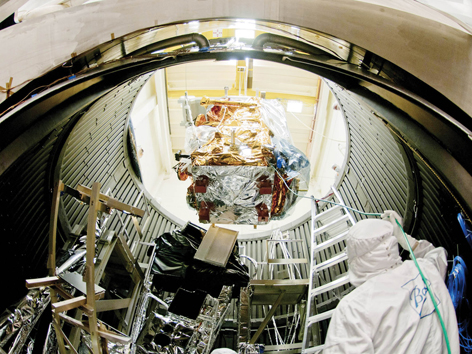
Carriers snapshot
Engineering apply scientific principles to real-world problems, finding the optimal solution that balances elegant technology with realistic cost.
Aeronautical/aerospace engineers need to learn the specific principles of air flow and resistance and the workings of various kinds of propulsion systems.
Most enter the job market with a bachelor’s degree in the USA. Some later move into managerial positions.
New technologies and new designs for commercial and military aircraft and spacecraft should spur demand for aerospace engineers. Job outlook is good because new grads are needed to replace aerospace engineers who are retiring or leaving the occupation for other reasons.
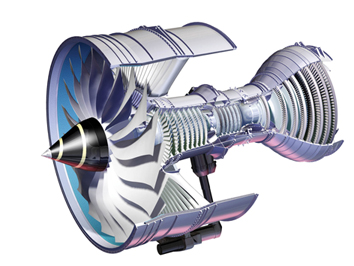
• Perform a variety of engineering work in designing, constructing, and testing aircraft, missiles, and spacecraft. May conduct basic and applied research to evaluate adaptability of materials and equipment to aircraft design and manufacture.
• May recommend improvements in testing equipment and techniques. Direct and coordinate activities of engineering or technical personnel designing, fabricating, modifying, or testing aircraft or aerospace products.
• Formulate conceptual design of aeronautical or aerospace products or systems to meet customer requirements. Plan and coordinate activities concerned with investigating and resolving customers’ reports of technical problems with aircraft or aerospace vehicles. Plan and conduct experimental, environmental, operational, and stress tests on models and proto-types of aircraft and aerospace systems and equipment.
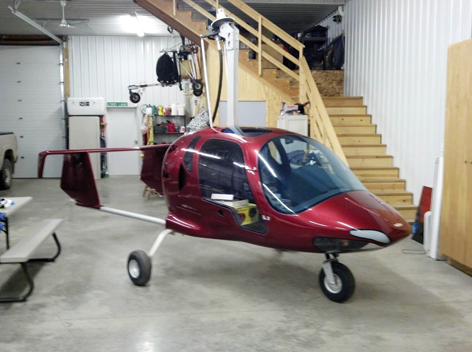
• Analyze project requests and proposals and engineering data to determine feasibility, pre- dictability, cost, and production time of aer space or aeronautical product.
• Evaluate product data and design from inspections and reports for conformance to engineering principles, customer requirements, and quality standards.
• Maintain records of performance reports for future reference. Write technical reports and other documentation, such as handbooks and bulletins, for use by engineering staff, management, and customers.
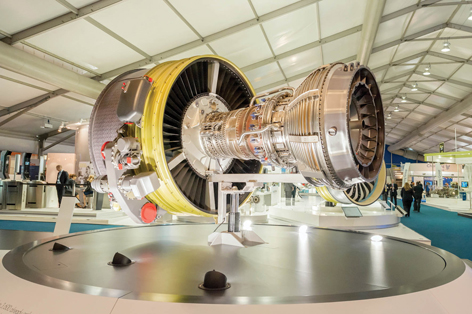
• Develop design criteria for aeronautical or aerospace products or systems, including testing methods, production costs, quality standards, and completion dates.
• Review performance reports and documentation from customers and field engineers and inspect Malfunctioning or damaged products to deter mine problem.
• Formulate mathematical models or other methods of computer analysis to develop, evaluate, or modify design according to customer engineering requirements. Direct research and development programs.
• Evaluate and approve selection of vendors by study of past performance and new advertisements.






